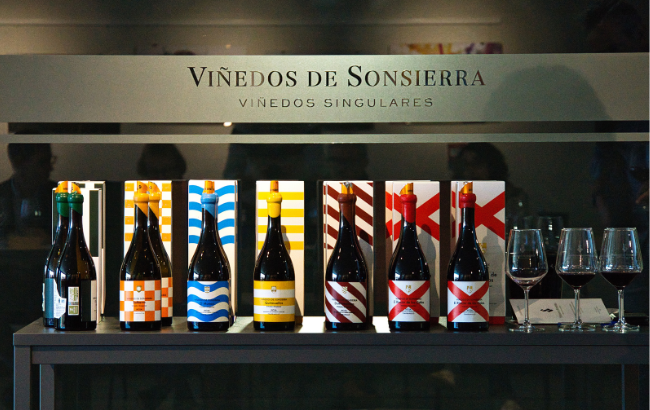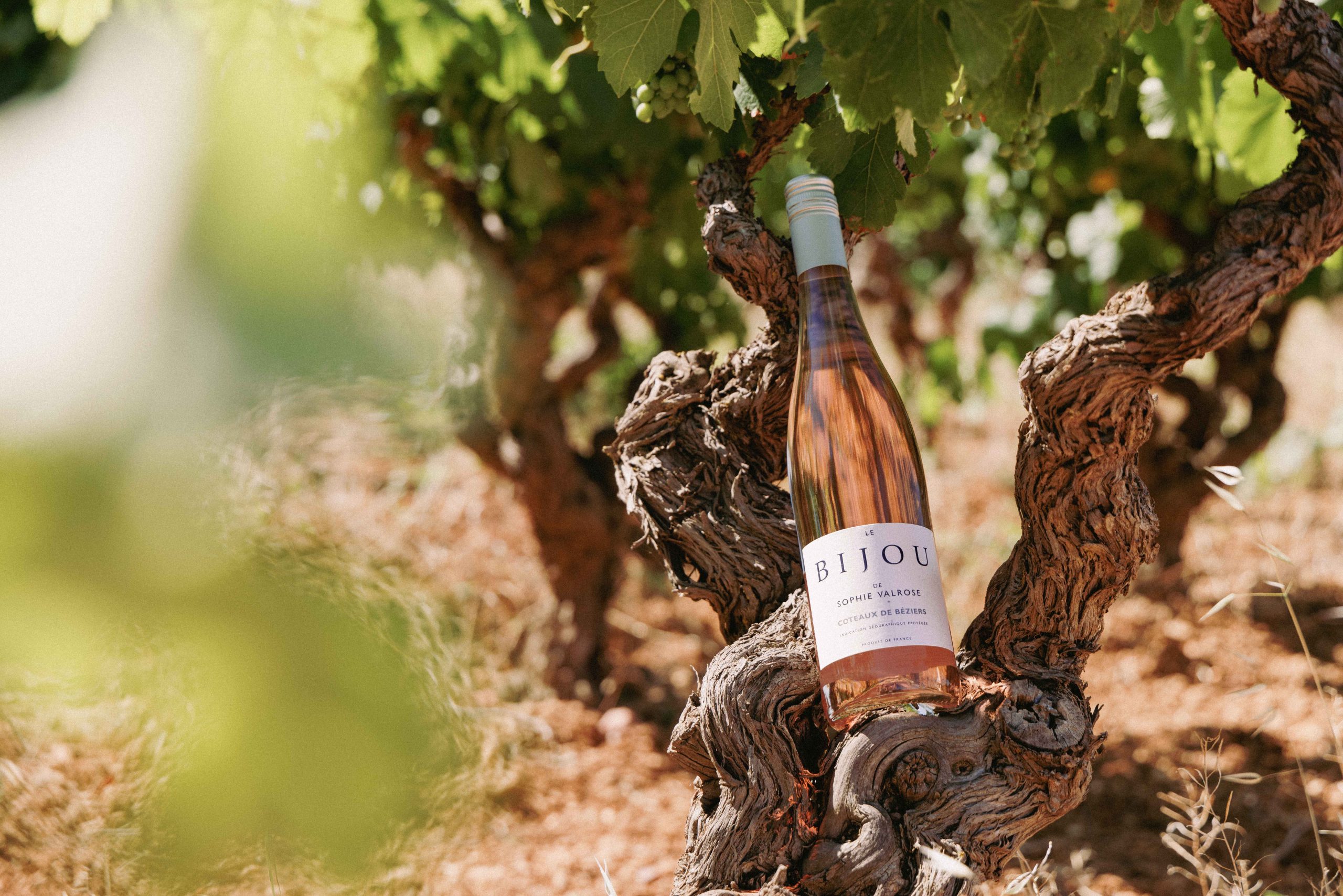‘Crazy Horse’ reborn: Caballo Loco Blanco
By Richard WoodardTen years in the making, Viña Valdivieso’s new Caballo Loco Blanco offers a fresh twist on the Chilean winery’s multi-vintage blend concept, with winemaker Brett Jackson taking inspiration from the great white wines of Rioja. Richard Woodard reports.

One of the defining trends of fine wine in 2023 is the pursuit of freshness and elegance in red wines, alongside a quest for greater structure, weight and depth in whites. In that context, the creation of Caballo Loco Blanco by Chile’s Viña Valdivieso – a white iteration of its maverick, multi-vintage ‘crazy horse’ blend – might look a little like bandwagon-jumping.
Not so. “We’ve always had a lot of interest in having a white wine to go alongside the red,” says Valdivieso chief winemaker Brett Jackson. “That for me had been a real struggle for a long time … It’s taken us a good 10 years. They have been at me for a long time about this, but they also gave me the space to figure it out.”
The key for Jackson was to find a white wine that could encapsulate the unique properties of Caballo Loco red: a mix of not only grape varieties and origins, but also vintages. Each new red release – the latest is Caballo Loco No 20, almost three decades after the wine’s 1994 debut – incorporates 50% of the new blend, and 50% of the ‘reserve’. Thus the oldest components in the latest incarnation are more than 30 years old.
When it came to Caballo Loco Blanco, Jackson at least knew what he didn’t want: “A straight-up Sauvignon Blanc or straight-up Chardonnay, even if they were super-concentrated, super-good – there wasn’t a natural affiliation with the red wine,” he explains.
Inspiration came during a memorable lunch in Madrid, and the tasting of “incredible” white wines such as Viña Tondonia and the 1988 vintage of Marqués de Murrieta Castillo Ygay. “It was a different way of looking at white wine and expressing it,” recalls Jackson. “This sort of gentle, slow oxidation and infusion of its flavours and aromas. That was something I saw as having much more of a natural affiliation with our Caballo Loco red.”
Jackson had the concept, but now he had to find the components. He began with Chardonnay from Limarí Valley, with its fine acidity and salinity derived from calcium-rich soils. Fermented in barrel, it was left to age for five years, with plenty of lees work. However, by itself it was, in Jackson’s words, “a little one-dimensional”.
If Limarí represents the classical part of Caballo Loco Blanco, the rest of the blend is more out-of-the-box. Jackson sourced Moscatel de Alejandria from around Coelemu in the Itata Valley, drawn in by its citric flavours and slightly bitter phenolics. Aged in barrel, steel and amphorae, over a five-year period it gradually developed a rich, sweet mouthfeel.
The amphora portion even developed a thin layer of flor, Jackson says. “In my early days, I would have thrown it out,” he admits. “But it had these really interesting, nutty flavours and nothing volatile, no acetone. It combined really nicely with the orange peel of the Moscatel.”
After four years in barrel, Viognier from Curicó brings a floral note, but Jackson also wanted to capture some of the attention-grabbing freshness of those white Riojas. And here, his experience in sparkling winemaking – he took over Valdivieso’s fizz programme in 2016 – brought fresh inspiration.

Partner Content
Jackson found some “real gems” among the company’s base wines, including Semillón from the Andean mountains in Curicó (10% ABV, lifted acidity and a herbal edge to knit together the richness of the other components); Pinot Gris from Casablanca (also 10%, pear flavours and acidity); and a blanc de noirs Pinot Noir component from Mulchén in Bío-Bío (10%, 9-10g/litre acidity).
The final blend combines wines from 2017 to 2020, with the majority from 2017, and – as with the red – Jackson has held back the majority of it for future Caballo Loco Blanco editions, keeping some of it in steel, some in concrete eggs and some in old oak.
The six-variety mix is, he says, “our template”, and while he acknowledges that it might change, there is perhaps less room for maneouvre here than there is with the red Caballo Loco. “I cannot envision Sauvignon Blanc in the blend,” Jackson says. “I just find the aromatics too contrasting to what we have here [with the first release]. Unfortunately, in Chile we don’t have the same richness and depth of varieties available in whites as we do in reds.”
Meanwhile, the 20th iteration of red Caballo Loco charts the evolution of winemaking and grape sourcing in Chile. For a long time, this was a big, rich red wine, but now Jackson is aiming at a juicier, fresher style with more acidity – a wine that is, in his words, “more food-conscious”.
The new release retains the unmistakable stamp of Maipo Cabernet Sauvignon, alongside Syrah from Limarí, Carmenère from Colchagua, and Cabernet Franc, Merlot and Malbec from Curicó. But there is also Carignan from dry-farmed vines in Maule and – for the first time – Grenache and Tannat from the same region. The ‘new’ wines come from vintages spanning 2017-2019.
The evolution of Caballo Loco – red and white – echoes the broader developments in the Chilean wine industry. Jackson pays tribute to the “classics”, that he says have “really stood the test of time”, but that have now been joined by a fresh spirit of innovation and experimentation.
“People have really shaken off the shackles of being too francophile, trying to just copy, and they are really starting to do their own thing,” he says. “One thing that’s really nice is these really small, independent guys – that pushes all of us.
“They’re not afraid to have wines that are unique, and they’re less afraid of having accidents, taking those risks and getting the fear … It’s a really exciting time for Chilean wine.”
Caballo Loco wines, including new releases Caballo Loco No 20 and Caballo Loco Blanco No 1, are distributed in the UK by Bibendum and Walker & Wodehouse.
Read more
Seven wonderful white wines from Chile
Related news
Early start and intense heat define Uruguay's 2025 vintage
Could Yorkshire be the next Bordeaux?
“Organic wine = hope”: Oregon’s new grower-led movement makes its mark




